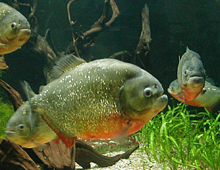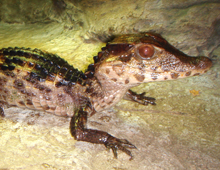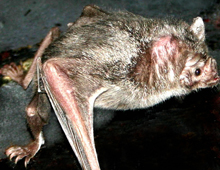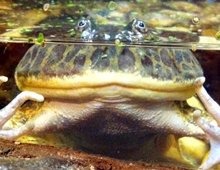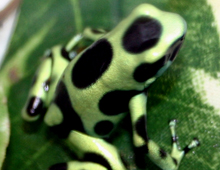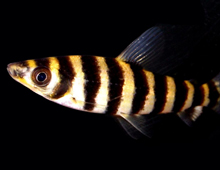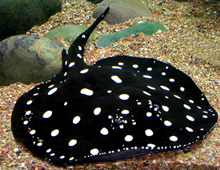
Though the Silver and Black arowanas of South America, and the Asian and Australian arowanas resemble each other, and share the behavior of brooding their eggs and fry in their mouths, they last shared a common ancestor around 170 million years ago, when the great Southern Continent Gondwana began to split apart. This took place in the Jurassic period, when dinosaurs still thrived. Although Asian arowanas are endangered, South American ones are abundant, and are important both to subsistence fishing and the sustainable aquarium trade.

